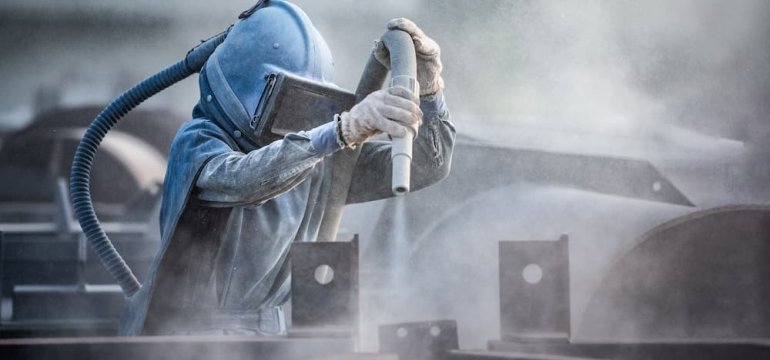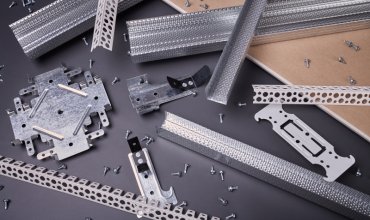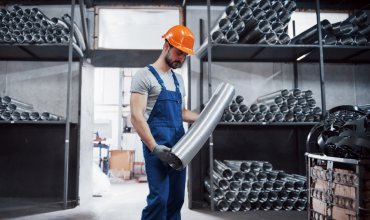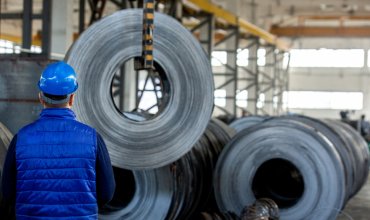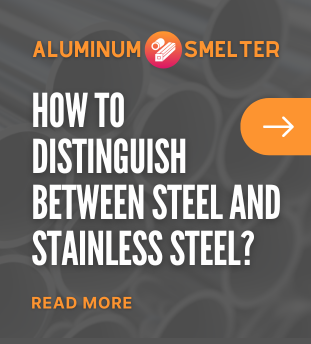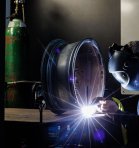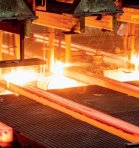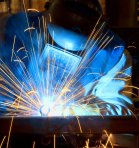Aluminum sandblasting is a process that is gaining popularity in Poland, especially in the industrial and construction industries. It is a method of cleaning and preparing surfaces to remove contaminants, rust and old paint, while ensuring proper adhesion to new paint or varnish coatings. In this article, we will discuss in detail what aluminum sandblasting is, its advantages, as well as its differences from other treatment methods. We will also learn about expert opinions and answers to the most frequently asked questions about this technology.
What is aluminum sandblasting?
Definition and basic information
Sandblasting ofaluminum is a technological process involving the erosion of the aluminum surface with a stream of compressed air and an abrasive (usually quartz sand). Thanks to this procedure, a perfectly clean and smooth surface can be obtained, which is ready for further processing steps. Sandblasting is an extremely effective method of removing all kinds of tarnish, rust, paint, glue or oxides.
The process of what is aluminum sandblasting requires the use of appropriate equipment, such as sandblasters, abrasive tanks and air compressors. It is a relatively fast method that allows precise cleaning of even hard-to-reach areas, which is extremely important in industry, where precision and efficiency are crucial.
History and development of sandblasting technology
Sandblasting technology has its roots in the 19th century, when abrasive jet was first used to clean surfaces. Initially, the method was mainly used in metallurgy and to prepare the surfaces of ships and steel structures. Over time, as technology developed and modern equipment appeared, sandblasting became widely used for other materials as well, including aluminum.
In Poland, aluminum sandblasting began to gain popularity especially in the 1990s, when more and more companies introduced the technology into their offerings. Today it is a standard method of cleaning and surface preparation in many industries.
How does the aluminum sandblasting process work?
Stages of sandblasting
What does aluminum sandblasting consist of in practice? The process can be divided into several basic steps:
Surface preparation: the first step is to thoroughly clean the aluminum surface of any loose contaminants, such as dust or grease. Depending on the type of surface, this may require the use of special degreasing preparations.
Choosing the right abrasive: The abrasive is a key element of sandblasting. It can be quartz sand, alumina, or glass granules. The choice of the right material depends on the type of surface and the degree of dirt.
Setting the parameters: The next step is to set the appropriate parameters of the sandblaster, such as air pressure, the amount of abrasive and the angle of incidence of the jet. Precise settings ensure that the process will be effective and safe for the material.
Implementation of sandblasting: Proper sandblasting involves directing a stream of abrasive onto the aluminum surface. The operator must carefully control the process to avoid damage to the material.
Final cleaning: After sandblasting, the surface must be thoroughly cleaned of any residual abrasive and checked to ensure that it has been properly prepared for further processing.
Use of appropriate tools and materials
Sandblasting requires specialized equipment to ensure the effectiveness and safety of the process. The most important element is the sandblaster, which should be properly selected for the type and size of the surface. The use of different abrasives allows to achieve different effects - from gentle cleaning to intensive rust removal.
There are numerous companies offering professional sandblasting services, as well as equipment sales and rentals. It is worthwhile to turn to reputable suppliers who have the knowledge and experience to carry out the process effectively and safely.
Benefits and advantages of sandblasting aluminum
Why use sandblasting?
Sandblasting of aluminum is a method that carries numerous benefits, both technically and aesthetically. First of all, it allows for thorough cleaning of the surface, which is necessary before applying new protective or decorative coatings. Removal of rust, old paint or other contaminants ensures better adhesion of new coatings, which translates into their longer durability and better appearance.
Another advantage of sandblasting is the ability to prepare the surface for further mechanical processing, such as welding or bending. This method also makes it possible to obtain a variety of surface textures, which is important for decorative or architectural elements.
Experts on aluminum sandblasting
According to industry experts, what aluminum sandblasting consists of is an extremely effective method that is irreplaceable in many cases. As Jan Kowalski, an aluminum processing specialist, points out: "Sandblasting makes it possible to obtain a perfectly clean surface, which is crucial for further stages of production. It not only removes contaminants, but also provides better adhesion for new coatings, which is extremely important in industry."
This opinion is reflected in the numerous applications of aluminum sandblasting, both in large industrial plants and in smaller craft workshops.
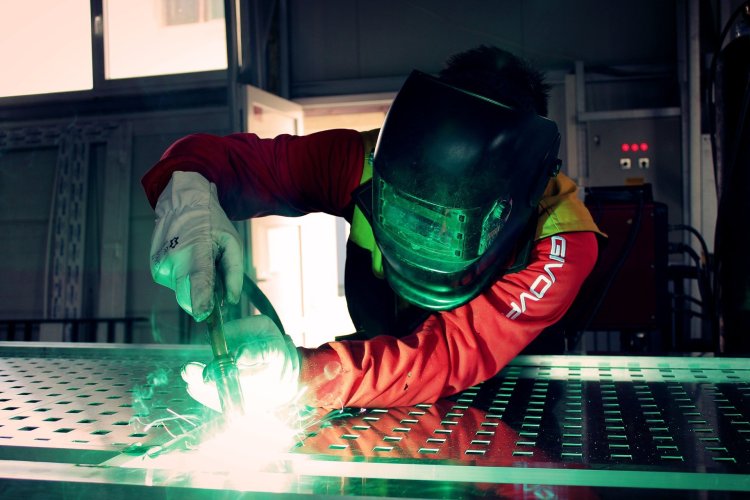
Choosing the right abrasive for aluminum sandblasting
Types of abrasives and their application
In the process of what aluminum sandblasting is all about, the right choice of abrasive plays a key role. There are several types of abrasives used for aluminum sandblasting, each with its own specific properties and applications:
Quartz sand: This is one of the most widely used abrasives. It has high hardness and sharp edges, making it effective in removing rust and old coatings. However, it is relatively inexpensive, making it a popular choice in many plants.
Alumina: It is much harder than quartz sand and is often used for more demanding tasks. It is ideal for removing hard-to-clean contaminants, as well as creating a rough surface for later painting or varnishing.
Glass granules: These are mainly used for softer sandblasting where it is important not to damage the surface. They are ideal for machining thin and delicate aluminum parts.
Steel beads: Steel abrasive is used for more intensive sandblasting. This method is more expensive, but very effective, especially when you want durability and accuracy.
The impact of abrasive choice on the end result
Choosing the right abrasive is crucial to achieving the desired end result. An inappropriate abrasive can not only fail to meet expectations, but also damage the aluminum surface. Therefore, before sandblasting, it is important to accurately determine your needs and consult with an experienced specialist to help select the right material.
Using the right abrasive also affects the cost of the process. Cheaper abrasives, such as quartz sand, may seem attractively priced, but their efficiency may be lower in the long term, increasing operating costs. In contrast, more expensive materials like alumina or steel balls, while more expensive to begin with, can save money by making the process more efficient and reducing labor time.
Sandblasting with alumina, for example, may be more suitable for parts exposed to harsh operating conditions, where surface durability plays a key role. Glass granules, on the other hand, may be an ideal choice for decorative architectural elements, where the final appearance is as important as surface cleanliness.
Comparison of aluminum sandblasting to other surface treatment methods
Sandblasting vs. grinding
Sandblasting and grinding are two different surface treatment methods that have their own unique advantages and applications. Sandblasting involves mechanically abrading the material using grinders or sandpaper. It is the method most often used to treat flat surfaces and large parts.
Sandblasting of aluminum, on the other hand, is a method that uses a stream of abrasive to clean the surface. It allows for more precise access to hard-to-reach areas and is less time-consuming than grinding. Sandblasting is also more versatile, as it can be used on a variety of materials and surfaces, including tubes and other complex shapes.
Sandblasting vs. chemical cleaning
Chemical surface cleaning is a method that involves immersing aluminum in a chemical bath to remove impurities and oxides. While this method is very effective, it involves the use of specialized chemicals, which can be costly and difficult to dispose of.
The process of what is aluminum sandblasting is more environmentally friendly because it does not require the use of chemicals. In addition, sandblasting can be faster and less complicated in industries where efficiency and speed of operations are important.
Comparisons with other processing methods
Other surface treatment methods include polishing, electroplating and plasma treatment. Polishing provides high surface quality, but is more time-consuming and expensive. Electroplating, on the other hand, involves coating the aluminum surface with a protective layer using electric current. This method is more complicated and requires specialized equipment.
Aluminum sandblasting stands out from these methods because of its versatility and efficiency. It is a procedure that can be easily adapted to different needs, regardless of the scale of production or the type of workpieces to be processed.
Standards and safety in aluminum sandblasting
Standards and regulations governing the process
Aluminum sandblasting, like any other industrial technology, is subject to certain standards and safety regulations. In Poland, these standards are defined by Polish Standards (PN) and occupational safety and health (OSH) regulations.
These standards cover various aspects of the sandblasting process, including:
Technical parameters of the equipment: These must comply with standards such as PN-EN ISO 8501 for the preparation of steel and aluminum surfaces before painting.
Operational safety: Health and safety regulations for compressed air and abrasive work, including the obligation to wear appropriate protective equipment such as helmets, safety glasses, gloves and protective clothing.
Environmental protection: These regulations govern the disposal of used abrasive and the protection of the work area from dust and pollution.
Required personal protective equipment
The process of what is aluminum sandblasting requires the use of appropriate personal protective equipment. Occupational health and safety regulations in Poland require employers to equip workers with appropriate protective equipment to minimize the risk of accidents and injuries.
The most important personal protective equipment are:
- Protectivehelmets with face shields: These protect against the impact of abrasive particles.
- Safety glasses: These provide eye protection from dust and small abrasive fragments.
- Protectivegloves: These protect hands from cuts and abrasions.
- Protective clothing: Including sand suits that protect the entire body from dust and abrasive.
- Breathing masks: These protect the respiratory tract from dust and harmful particles that may be emitted during the sandblasting process.
Regular training and inspections
To ensure safety and compliance with the regulations of the standard, workers must be regularly trained to operate equipment and follow safety procedures. Poland requires periodic health and safety training to ensure that workers are aware of the hazards associated with sandblasting and how to minimize the risks.
In addition, regular inspections of equipment and workstations are necessary to ensure that all equipment is operating properly and complies with applicable standards.
Completion
Aluminum sandblasting is a technology that continues to develop and gain importance in various industrial sectors in Poland. As can be seen from the above information, the process of what is aluminum sandblasting is not only an effective, but also a versatile and economical way of preparing surfaces for further processing. Its numerous advantages, such as speed, precision and applicability in various conditions, make it an indispensable tool in the crafts and industry.
The future of aluminum sandblasting in Poland looks promising. As the technology develops and becomes more automated, we can expect even greater efficiency and precision in its application. The introduction of new abrasive materials and innovative sandblasting techniques may further increase its popularity and use in industry.


